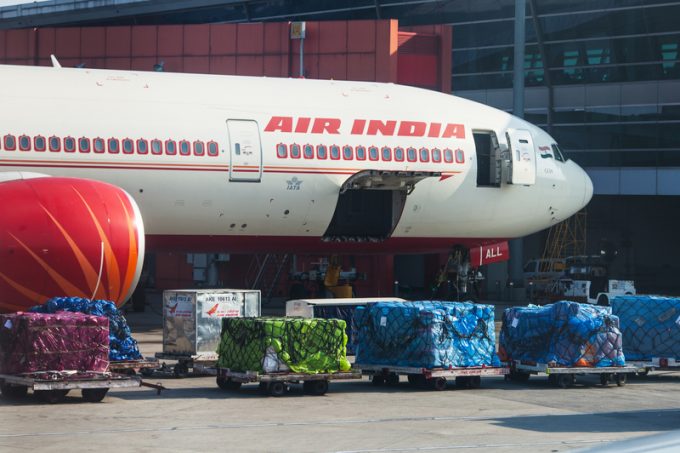HMM signs up to be part of India's new Vadhvan port development
South Korean container line HMM has become Asia’s first major shipping line to put its ...

India’s salt-to-software conglomerate Tata Group yesterday took the reins at Air India, finally sending some positive signals for the national airline.
The carrier is saddled with multiple challenges that have become even more daunting amid unpredictable Covid events.
In October, Talace, a subsidiary of Tata Group holding ...
Keep our news independent, by supporting The Loadstar
Four crew members still missing as Wan Hai 503 continues to burn
Explosions and 'out-of-control' fire reported on Wan Hai box ship
Carrier price hikes hold, driving spot rates higher as space gets scarcer
Predatory rivals circle as the ripples from DSV's Schenker buy widen
MSC Elsa crew face criminal probe, as Wan Hai 503 firefighters battle on
'It's driving us mad', say forwarders as US court fails to end tariff turmoil
Transpacific rates ease as capacity boost proves too much for trades to digest

Comment on this article